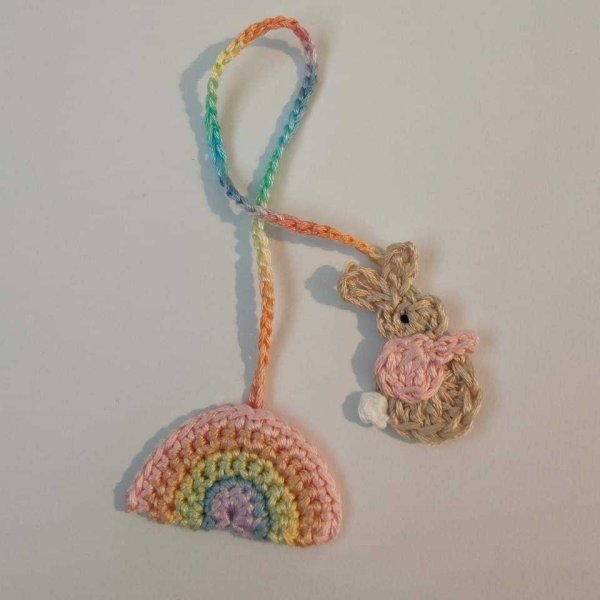What is delayed cord clamping?

Let's chat about that incredible moment right after you have just birthed your baby, whether that be vaginal or via a Caesarean.
Have you ever wondered what happens right after your baby is born, especially with that umbilical cord?
Here's what you need to know...
When a baby is born, they're still connected to you through the umbilical cord, which is like a lifeline that's been feeding them all this time. Now, here's something interesting: if doctors or midwives don’t rush to cut this cord and wait just a few minutes, it can really help the baby. This waiting game is called "delayed cord clamping".
Why is it important to wait?
Well, during these extra minutes, your baby gets a final, super beneficial transfer of blood from the placenta. This is like getting a bonus pack of iron, which is super important for your baby in their first few months. Iron is like brain food for them – it helps with their development and keeps them healthy.
Did you know that delaying the clamping can give your baby about 30% more blood. It's like leveling up in a game, but for their health. And, gravity plays a part too. If your baby is placed skin-to-skin as you can see with myself and Alana in this cherished photo (which is also a lovely bonding moment), it's even better for this blood transfer.
Some people worry that waiting to clamp the cord could cause issues, like too much bilirubin leading to jaundice, but research says that’s not really a problem. And if for some reason they can't wait to clamp the cord (like in emergency situations), there's a backup plan called 'cord milking' which is also beneficial.
Now, why is all this so important?
Babies need iron to develop their brains properly. If they don't get enough iron early on, even with supplements later, they might face challenges like doing poorly in school or having trouble with certain skills and behaviors.
The way we handle the umbilical cord can be different in various birth settings, and changing how things are done needs everyone involved to work together. Including what is important to you in your birth plan/preferences is a must!
I made a conscious decision not to have Alana's umbilical cord clamped or cut immediately after birth. I wanted to personally feel the cord's pulsation stop between my thumb and forefinger, ensuring the right moment for this significant step. I encourage you to experience this unique connection with your newborn, feeling the life-giving cord before signaling your healthcare team to proceed.
For a more personal and gentle touch, consider using a handmade cord tie. You can find a variety of beautiful, unique designs on 'Umbilical Cord Ties by Heartstrings' on Facebook, offering a charming alternative to the standard plastic clamp. This adds a special, loving touch to your baby's welcome into the world.

So, there you have it! A simple decision of waiting a few minutes or longer before clamping the umbilical cord can make a big difference for a baby’s start in life. To dive deeper into this subject google 'Lotus Birth'. I will keep that for another day.
With warmth and wisdom
Tamara x



